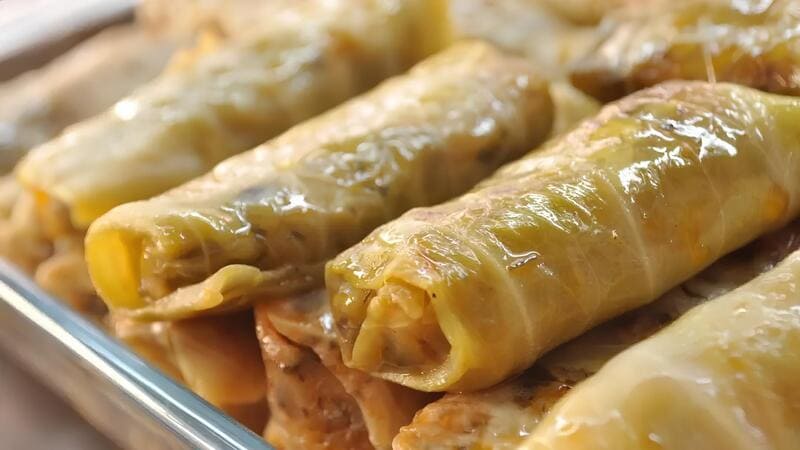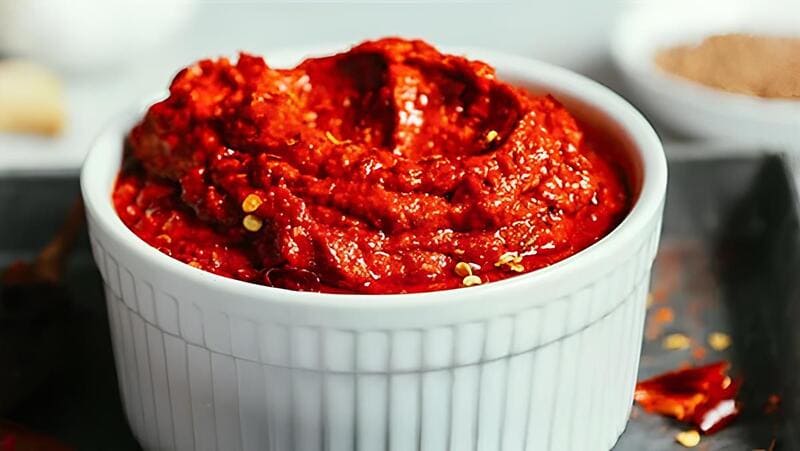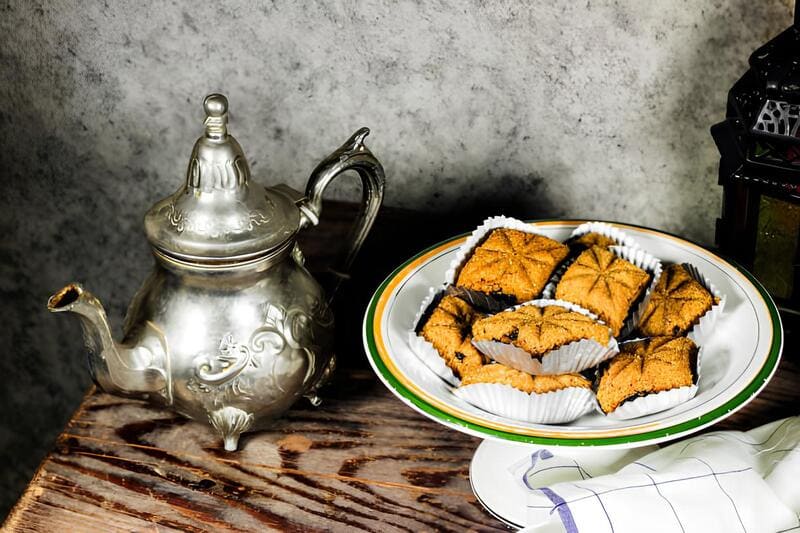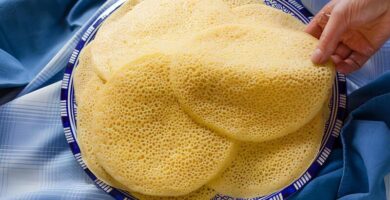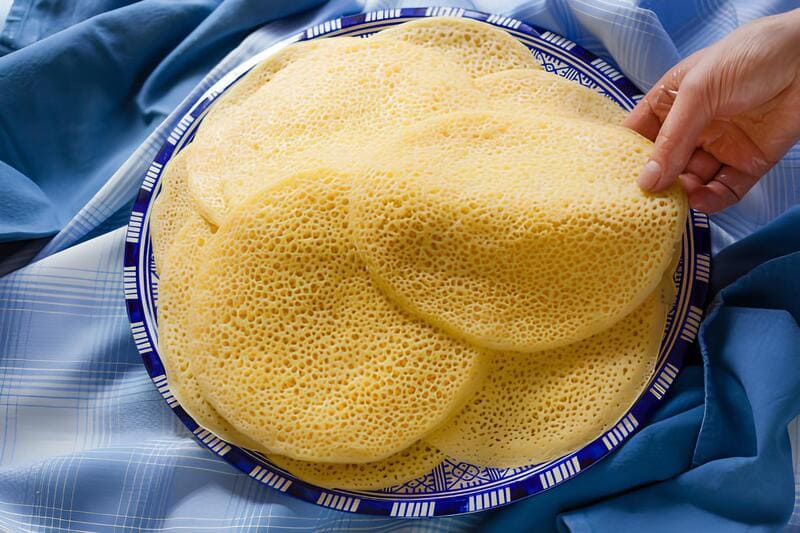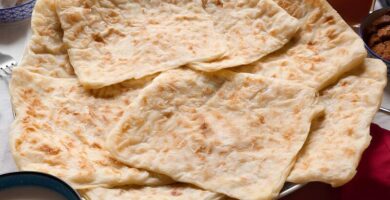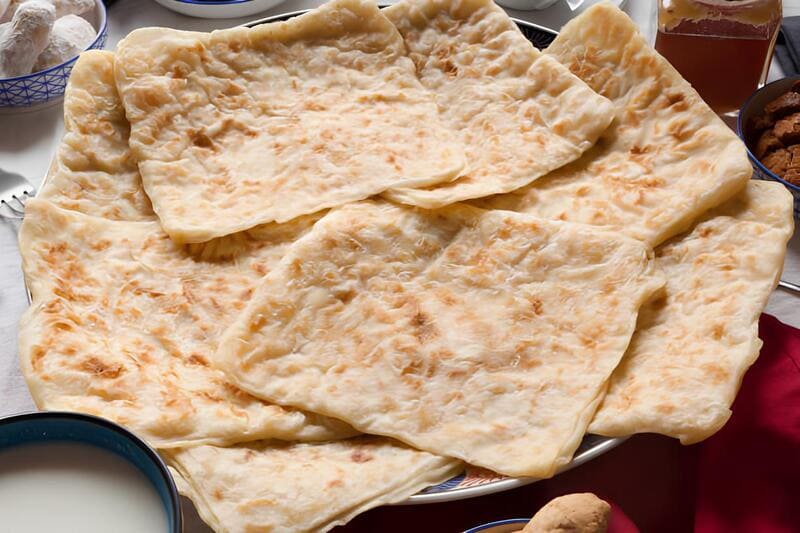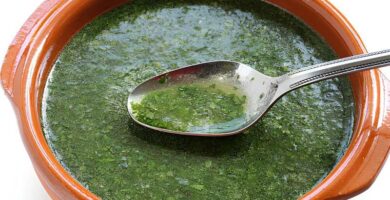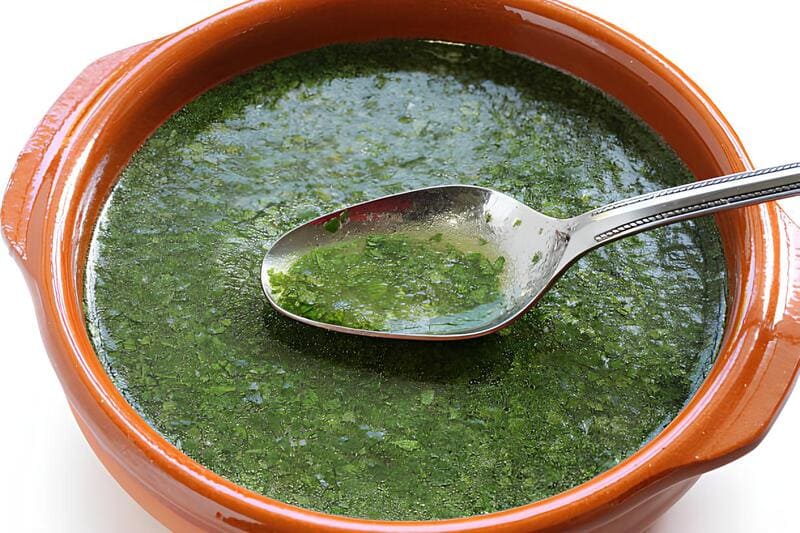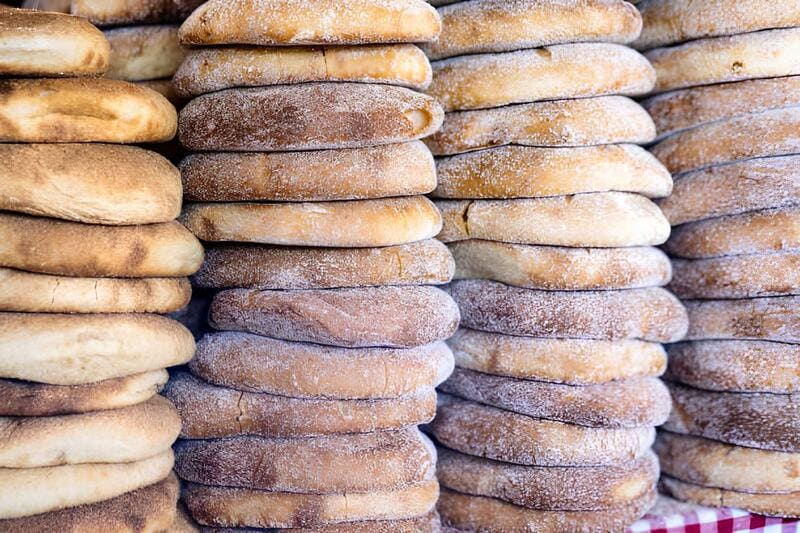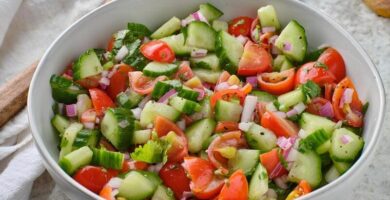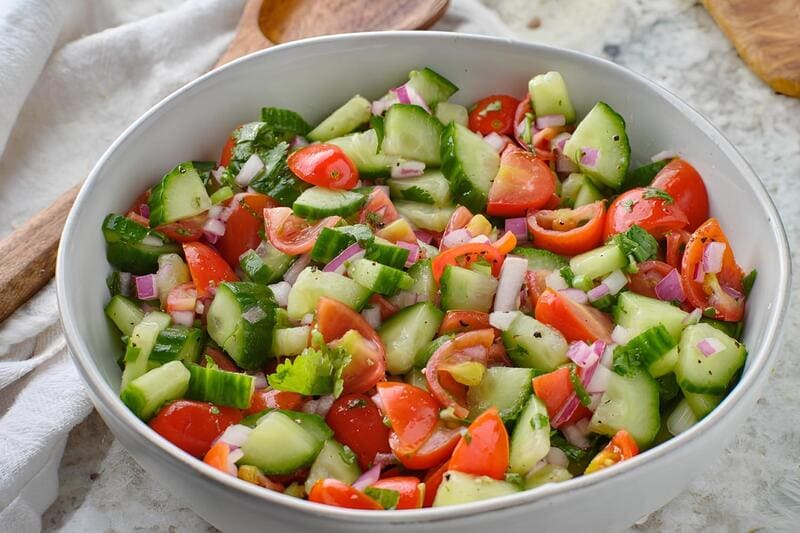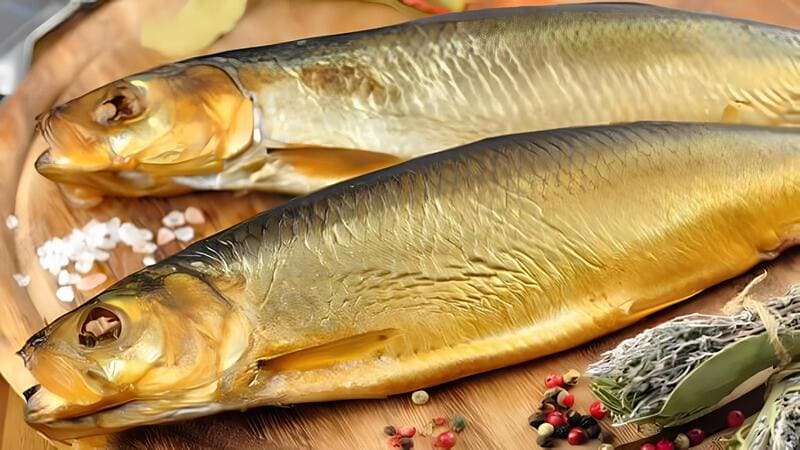
Egyptian Renga, also known as smoked herring fish, is a staple dish often enjoyed during the festive seasons in Egypt, particularly during Sham El-Nessim. This cherished delicacy has a distinct smoky flavor that melds with the rich, salty essence of the herring, making it an unforgettable treat. With ingredients steeped in tradition, it’s a testament to Egypt’s culinary heritage.
The process of smoking and salting gives the renga its unique characteristics, but it also requires careful preparation to ensure it’s enjoyed safely. By following the traditional method, you can reduce excessive sodium while preserving its delightful taste. It’s common to hear that people bond over herring or herring roe as foods, especially during family gatherings.
Ingredients
- 2 smoked herring fish
- 2 large onions, finely sliced
- 3 tomatoes, diced
- 4 tablespoons lemon juice
- 2 tablespoons olive oil
- Fresh parsley, chopped
- 4 boiled eggs, sliced
- Salt to taste
- Black pepper to taste
Preparation
- Begin by steaming the herring to reduce its sodium content. Place the herring in a hot water bath and let it steam for about 10 minutes.
- Remove the herring from the bath and carefully peel off the skin to avoid high concentrations of hydrocarbons.
- Debone the fish and flake the flesh into small pieces.
- In a mixing bowl, combine the flaked herring, onions, tomatoes, and parsley.
- Drizzle with lemon juice and olive oil, then season with salt and black pepper.
- Mix the ingredients well to ensure the flavors meld together.
- Arrange the mixture on a serving plate and garnish with sliced boiled eggs for added texture and flavor.
- Serve the dish cold, allowing the flavors to further develop.
Did you know?
Herring is not only a traditional Egyptian favorite but also a nutritional powerhouse, rich in omega-3 fatty acids, which are essential for heart health. The method of steaming the fish before consumption helps to reduce the excess sodium, making it a healthier option. Additionally, the smoking process used for preparing Egyptian renga infuses the fish with a depth of flavor that’s hard to replicate.
Interestingly, while herring is considered a healthy food, it’s crucial to be cautious of parasites like nematodes that may be present in improperly treated fish. These worms, often referred to as “tafil alani,” are killed by the freezing and smoking process, ensuring that the fish is safe for consumption. Always inspect the fish and, if necessary, cook it thoroughly to eliminate any remaining parasites.
Moreover, the tradition of eating Egyptian Renga during Sham El-Nessim traces back to ancient Egyptian celebrations. It’s a practice that brings families together, much like how people bond over herring or herring roe as foods for communal meals. While smokers in general should be avoided due to health concerns, enjoying smoked herring in moderation allows you to savor a piece of Egypt’s rich cultural tapestry without overindulgence.


